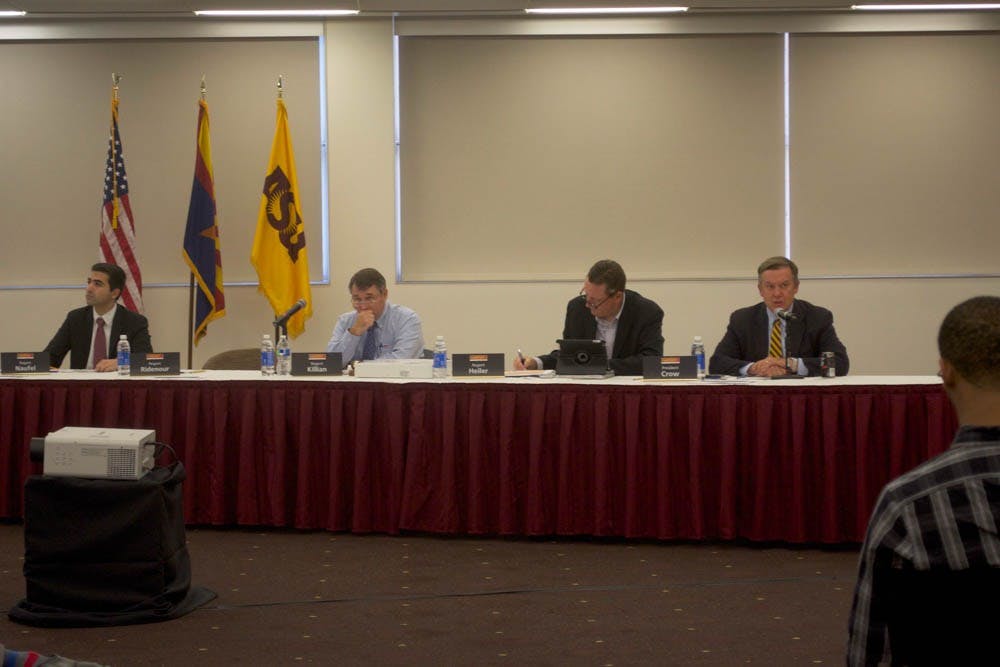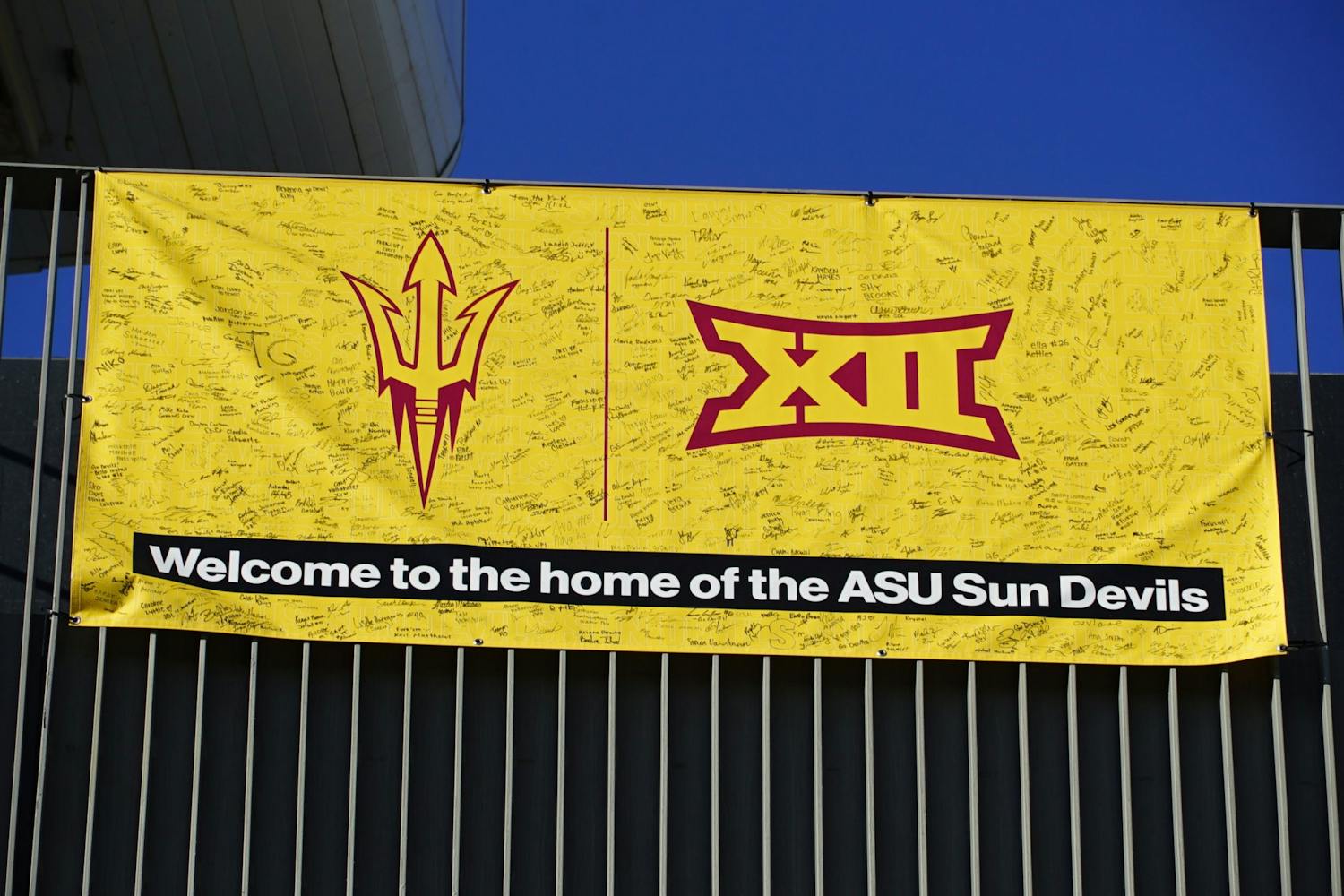The Arizona Board of Regents approved ASU's budget for the upcoming school year on June 9, signaling a step in the right direction for the University's financial security, ASU President Michael Crow said at the meeting.
The proposed budget stated parents, as well as students, provide more than half of the school's revenue.
Although the school depends more on its students and their parents than the state, the new budget showed the University pulling in $77.1 million in net gains.
Crow said the increase exemplifies a move toward greater financial security for the school.
"We’re able to construct a budget, which has moved us for the first time in the institution’s history, to say we are a financially sound institution," he said.
The budget included plans to direct $51.6 million toward financial aid. That sum was comprised of $12.3 million in Regents Set Aside from tuition, $4 million in set aside, differential tuition and fees and $35.3 million in institutional aid.
Although the budget contained these new numbers for tuition, they were not altered much from the numbers ASU presented in a March tuition hearing.
Institutional aid was pitched at just more than $38 million in March, and Regents Set Aside was pitched at just more than $13 million, according to documents from the tuition hearing.
As a result, institutional aid decreased by roughly $3 million dollars, and Regents Set Aside increased just less than $1 million.
ASU's budget specified $7 million toward any one-time use. Although the University has that $7 million in surplus, the school has not designated it toward a specific purpose. The budget also details an increase in state funding for general appropriations by $13.2 million.
In addition to further funding for students, the budget allocated $16.5 million for a "modest, merit-based salary program," according to the budget.
Crow said the budget is indicative of how ASU places students as a priority.
"We keep the average cost that an in-state student pays under $4,000," Crow said. "It’s a model for which in-state students provide a very, very modest amount of revenue for the institution."
ABOR Chair Jay Heiler said ASU's proposals reflect a shared notion among all three public universities in the state: One of placing students first.
Although billions of dollars come in and out of these institutions, they exist to serve students, he said.
"These institutions are non-profit, student-centered institutions," Heiler said. "Student success … that really is our bottom line."
ABOR President Eileen Klein echoed Heiler's sentiments and said the board has a duty to ensure all three universities are making students their top priority.
"It’s imperative that our enterprise as a whole demonstrates that student success is what we’re here for," Klein said. "We want to make sure students are fully vested in their educational experience."
Reach the reporter at jwbowlin@asu.edu or follow @mrjoshuabowling on Twitter.
Like The State Press on Facebook and follow @statepress on Twitter.





